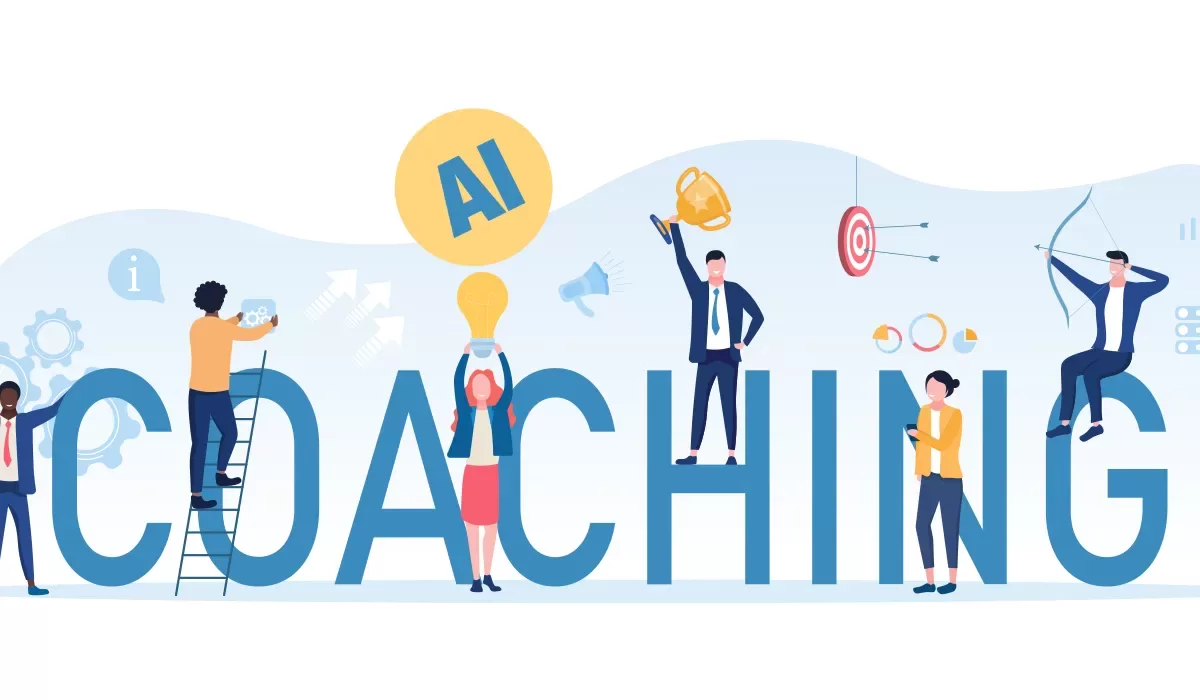For years, classroom observations have been the cornerstone of teacher evaluation and professional development. Principals or coaches enter a classroom, take notes, and later share feedback. While well-intentioned, this model has a serious flaw: it’s often a snapshot in time. Teachers may receive feedback weeks later, disconnected from the moment it was observed. Without timely, actionable, and ongoing support, observations alone rarely lead to meaningful growth.
That’s why coaching is critical. Coaching transforms teaching improvement from a one-time event into an ongoing cycle of reflection, feedback, and practice. Research shows that when teachers engage in sustained coaching, student achievement improves. Coaching builds trust, helps teachers set goals, and provides the accountability and encouragement needed to translate observation into lasting instructional change.
But here’s the challenge: traditional coaching models can be difficult to scale. Coaches juggle busy schedules, teachers struggle to find time, and the logistics of being physically present in classrooms limit opportunities for consistent feedback. This is where technology becomes the bridge between observation and coaching.
Why Coaching Matters
Research confirms that coaching, not observation alone, is the key to driving real change in teaching and learning. Matthew Kraft and David Blazar’s landmark meta-analysis of teacher coaching programs found that high-quality coaching can improve both teacher practice and student achievement, often more effectively than traditional forms of professional development. Their study concluded that “coaching is a promising PD model because it provides teachers with individualized feedback and sustained support” rather than isolated evaluation.
Jim Knight, a leading voice in instructional coaching, emphasizes that the most effective coaching cycles are rooted in trust, reflection, and goal-setting. According to Knight, coaching must empower teachers to analyze their own practice, identify growth areas, and set personal goals. In his PEERS framework, Knight highlights the importance of teachers working on goals that are Positively stated, Emotionally compelling, Easy to implement, Reachable, and Student-focused—a process that transforms coaching into a partnership rather than a top-down directive.
In short: observations identify moments for growth, but coaching turns those moments into meaningful, lasting change.
How Technology Bridges the Gap
Technology brings continuity and flexibility to the coaching cycle. Instead of relying on memory or a one-time visit, teachers can record their lessons, reflect on their practice, and engage in feedback conversations grounded in actual classroom evidence. Coaches gain tools to provide precise, contextualized feedback without always needing to be in the room.
Recording & Self-Reflection: Teachers can record lessons on any device, upload them securely, and watch from a new perspective. This empowers self-reflection, one of the most powerful drivers of professional growth.
Targeted Feedback: Coaches can leave time-stamped comments directly on video, providing actionable feedback in context rather than general notes.
Asynchronous Coaching: Teachers and coaches don’t need to coordinate schedules. Video makes feedback available anytime, ensuring coaching remains consistent and accessible.
Collaborative Learning: With permission, clips can be shared among peers, creating a culture of collaboration and shared growth.
Vosaic: The Bridge Between Observation and Coaching
Vosaic (start a free trial) is designed to make this cycle seamless. Schools use Vosaic to move beyond traditional observation into a continuous coaching process that is evidence-based, collaborative, and empowering for teachers.
Easy Recording & Upload: Teachers can capture lessons on their laptops or mobile devices, making video collection simple and non-disruptive.
Powerful Tagging & Analysis: Customizable rubrics allow observers and coaches to tag key teaching moments, providing structured feedback aligned with district frameworks or instructional priorities.
AI-Powered Insights: With Vosaic’s AI Mate, teachers and coaches can instantly analyze talk-time ratios, patterns in questioning, and more. These objective insights guide reflection and spark more meaningful coaching conversations.
Flexible Goal Setting: Teachers can set private goals within Vosaic to track their growth. When ready, they can share progress with a coach, ensuring feedback is tied to personalized development plans.
Privacy & Trust: Teachers control who sees their videos and data, building the safe environment necessary for true coaching to thrive.
From Snapshot to Cycle
When schools rely on observation alone, professional development risks becoming a compliance exercise rather than a growth opportunity. Coaching fills that gap, but without technology, it often feels unsustainable. Vosaic bridges the two, ensuring that every observation becomes the start of a deeper coaching cycle.
The result? Teachers who feel supported, students who benefit from more effective instruction, and schools that build a culture of continuous improvement.



